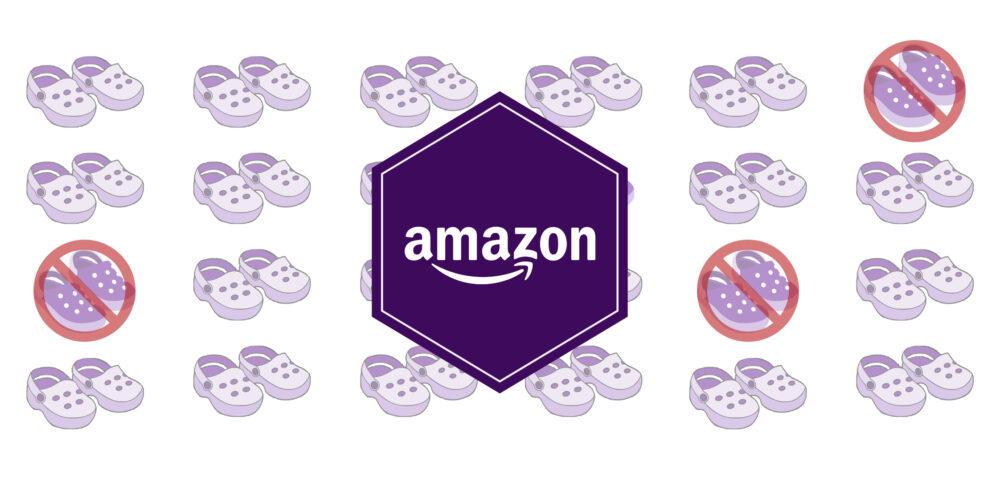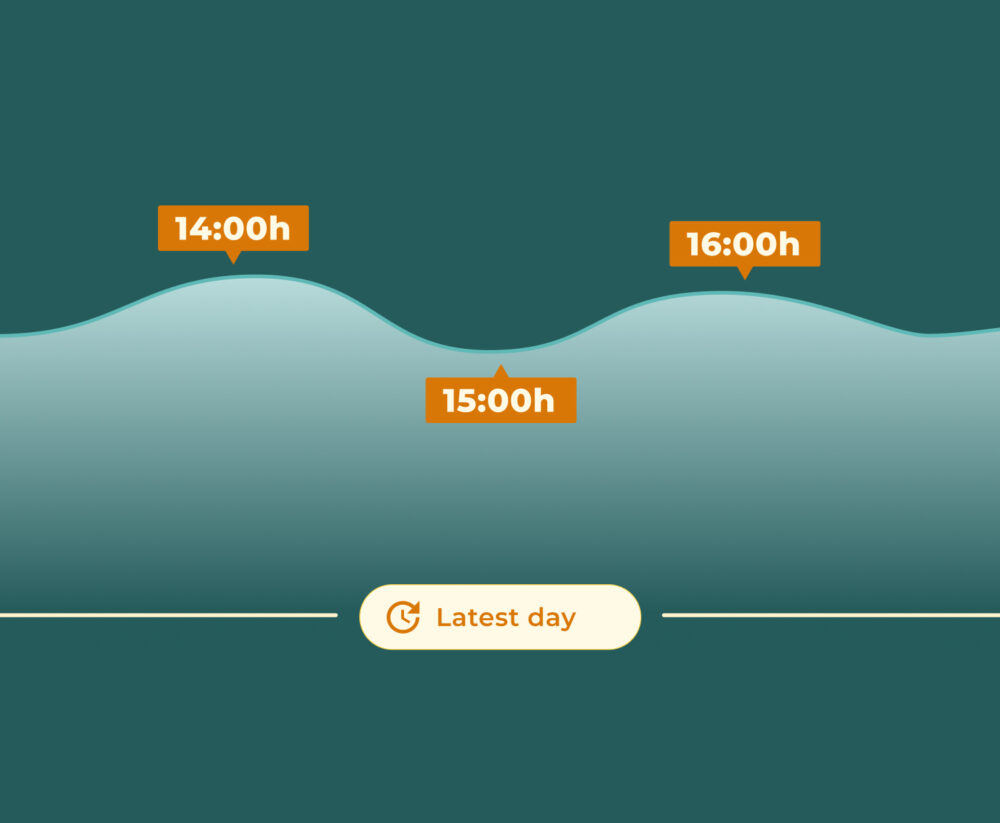Amazon Project Zero and AI: The definitive end to unauthorised sales and counterfeits in 2025?
Amazon Project Zero, powered by the new generation of Artificial Intelligence, is establishing itself in 2025 as the most advanced tool to curb unauthorised sales and counterfeiting in e-commerce. According to data from the company itself, in 2024 Amazon seized more than 15 million counterfeit products —more than double the previous year— as part of a growing effort to intercept fraudulent items before they reach customers. This programme marks a new stage in brand protection, allowing companies themselves to take direct control over the detection and removal of fraudulent products within the world’s largest marketplace.
In this article we analyse the most recent advances of Project Zero, its effectiveness in the fight against counterfeits, and the challenges still faced by a tool that has significantly raised the standard of security for brands and consumers.
What is Amazon Project Zero?
Amazon Project Zero is an initiative designed to eliminate counterfeit products and protect the reputation of brands within the Amazon marketplace. As they state on their website, with Project Zero you can:
- Remove counterfeits immediately: Use the Project Zero self-service feature to search for counterfeit listings and remove them immediately from the Amazon store.
- Improve automated protections: Each time you remove a counterfeit, you strengthen Brand Registry’s automated protections. These proactively block counterfeits before they affect your brand and your customers.
- Proactively prevent counterfeits: By combining instant counterfeit removal with serialisation generated by Transparency. This programme uses unique, scannable codes to prevent counterfeit units from being published or sold to customers.
Its main innovation is the integration of Artificial Intelligence and machine learning to detect and block more than 99% of counterfeiting attempts before they reach the end user.
As Kebharu Smith, director of Amazon’s Counterfeit Crimes Unit, explained:
How does Project Zero’s Artificial Intelligence Work?
Project Zero analyses more than 5 billion listings every day, identifying patterns and anomalies in real time. Thanks to its machine learning algorithms, the tool feeds on huge volumes of data to anticipate fraud attempts and automatically remove suspicious products. This eliminates the need for manual intervention by brands.
Source: Amazon Project Zero, 2025
Amazon uses large multi-modal models capable of interpreting images, text and pricing patterns in product listings, which allows it to detect even subtle manipulations designed to evade control systems. In addition, the system examines less visible data—such as shared IP addresses, bank information or account activity—in order to identify criminal networks.
Automation also plays a key role in seller verification. Advanced tools are used that validate identity, detect forged documents and flag suspicious behaviour during the registration process. Finally, Amazon offers brand owners a self-management feature that allows them to remove fraudulent offers with just a few clicks. In this way, their ability to respond to fraud is strengthened.
Benefits for brands and consumers
Protection against counterfeits and unauthorised sales has evolved substantially thanks to automation and the use of advanced Artificial Intelligence. Amazon Project Zero puts tools that proactively combat fraud throughout the entire commercial process in the hands of brands.
The main benefits include:
- Instant removal of counterfeit products thanks to self-service tools, which reduces reputational risks and minimises the impact on the customer experience.
- Greater operational efficiency and time saving, by not depending on manual requests and reviews; brands can act directly and the automated protections learn and are strengthened with each new action.
- Serialisation and automated checking for each unit, adding a physical layer of protection that integrates with the platform’s AI systems.
- Increased consumer confidence, from knowing they are buying only authentic products; this results in better ratings, fewer claims and greater brand loyalty.
- Global system extension: once the brand is enrolled, the protection is activated in all marketplaces operated by Amazon. This simplifies management and ensures consistency in the defence of intellectual property.
- Decrease in legal claims and loss of sales resulting from incidents with counterfeits, strengthening competitive positioning in global digital retail.
Amazon has marked a turning point, allowing the benefits of protection to reach both companies and end buyers.
Technological innovation and global reach in 2025
During 2025, Amazon has reinforced Project Zero with different technologies. Advanced serialisation, Brand Catalogue Lock and an improved violation reporting system give registered brands unprecedented control over their products. The incorporation of generative artificial intelligence, capable of analysing even seller communications and profiles, has significantly increased accuracy in detecting fraud and unauthorised sales.
This technological leap is transforming the global e-commerce ecosystem. According to the latest reports, more than 35,000 brands are already part of Project Zero and the number of blocked counterfeits has soared. The new AI-powered protection capabilities have allowed Amazon to consolidate its position as an international benchmark in the fight against unauthorised selling and digital counterfeiting.
Challenges and limits: Is it really the end of counterfeiting?
Despite its achievements, Project Zero and systems based on Artificial Intelligence face evolving threats. The use of AI by cybercriminals has also grown, enabling more sophisticated fraud operations, such as the generation of false identities and the deployment of ransomware “as-a-service”. Threats have diversified, and security companies, alongside Amazon, must constantly adapt to mitigate new forms of attack.
The main concerns that remain are:
- An increase in incidents related to hacking and breaching of AI systems in e-commerce, according to reports from IBM and Stanford, shows that the pace of adoption sometimes outpaces the ability to protect these systems effectively.
- The proliferation of international fraudulent operations, such as networks of fraudulent remote workers and sophisticated manipulations of rankings and reviews.
On the other hand, the adoption of Project Zero is not yet universal; some companies are still using traditional mechanisms that are less effective and more reactive to incidents. However, the trend is expected to continue to grow, driven by the consolidation of automation, new regulatory alliances and the integration of generative AI, capable of anticipating and acting on new fraud models.
What to expect in the near future? When AI becomes the guardian of e-commerce
The future of brand protection in e-commerce will be marked by:
- AI and machine learning systems will become increasingly complex, with the ability to anticipate and adapt to new fraud models.
- Brands that have not yet adopted Project Zero will be increasingly exposed to reputational and financial risks.
- The success of Project Zero could set the standard for international e-commerce regulation, with closer partnerships between platforms, legislators and security forces.

For brands operating on Amazon and any company immersed in the digitalisation and automation of retail, the future demands a commitment to advanced solutions like Project Zero and to the adoption of Artificial Intelligence, understanding both its strengths and its new vulnerabilities.




